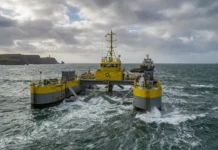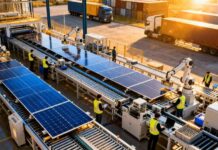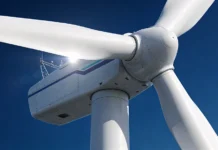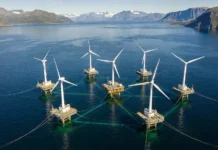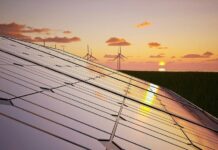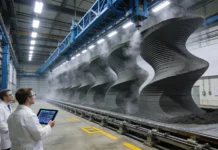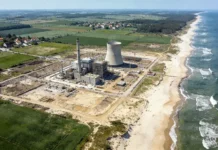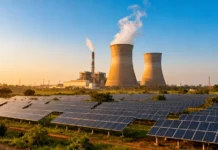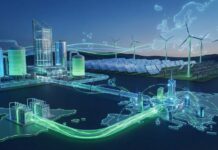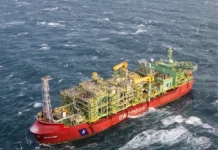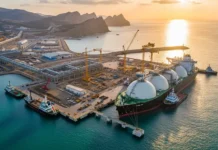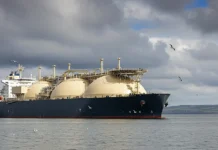MeyGen Ltd plans to submit its environmental statement for phase one of the development to the Scottish Government early in 2012. The initial phase would involve up to 86 turbines, each of which would be separately connected to the grid.
The company ŌĆō a joint venture between investment bank Morgan Stanley, independent power generator International Power and tidal technology provider Atlantis Resources ŌĆō is also to apply to the Highland Council for permission for three onshore buildings. They would be constructed close to the foreshore at Ness of Quoys and are estimated to cost over ┬Ż2.5 million, and will house special equipment to take the power from the subsea cables. John Green, the chairman of Dunnet and Canisbay Community Council, said local reaction to the development has been favourable. “Most people were supportive although some concerns have been expressed about the impact it could have on shipping and fishermen. MeyGen is attempting to address these issues and has said there will be eight metres of water above the turbines,” said Mr Green. He acknowledged the three onshore buildings are large but said the company is keen to make them as “inconspicuous as possible”.
┬Ā




